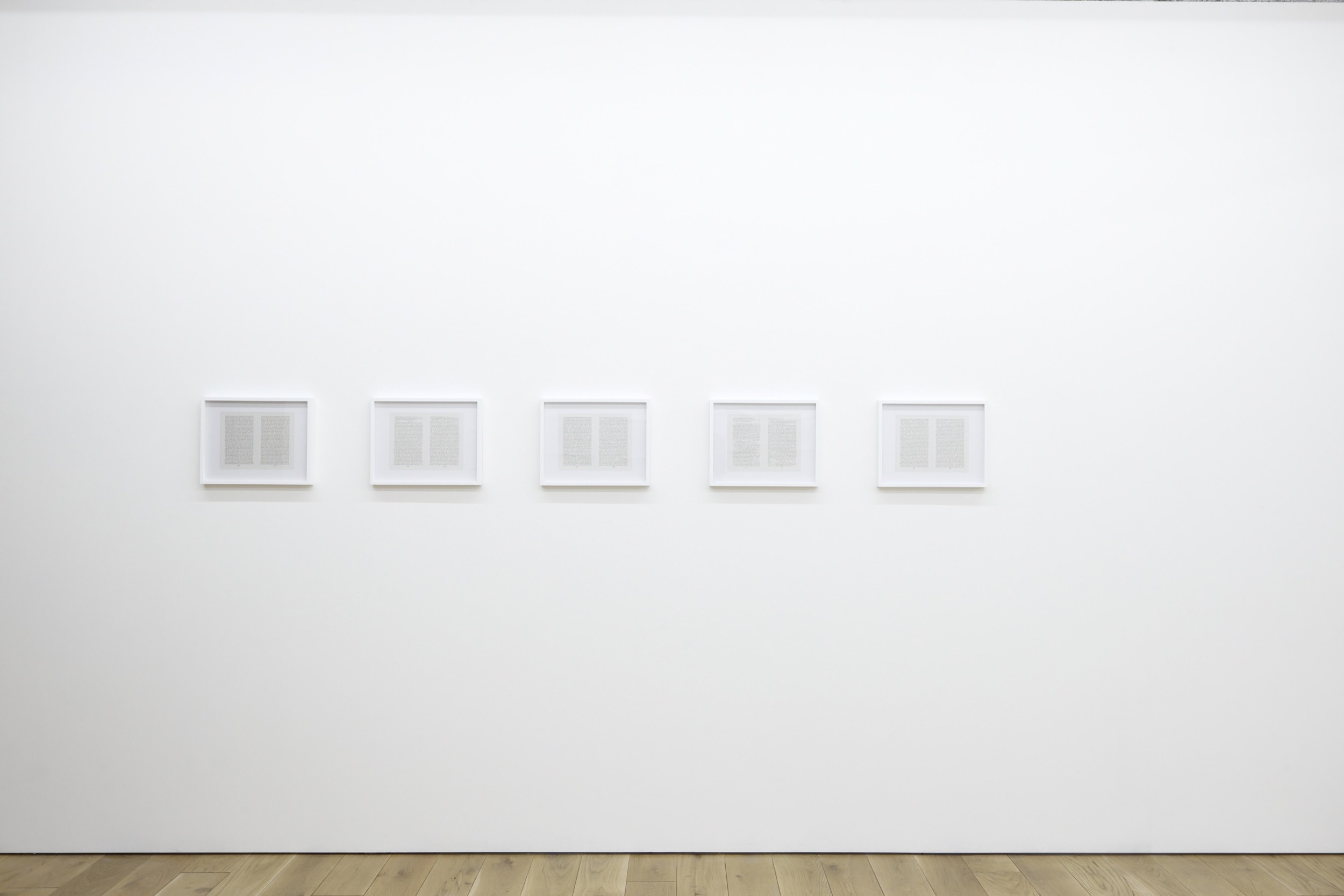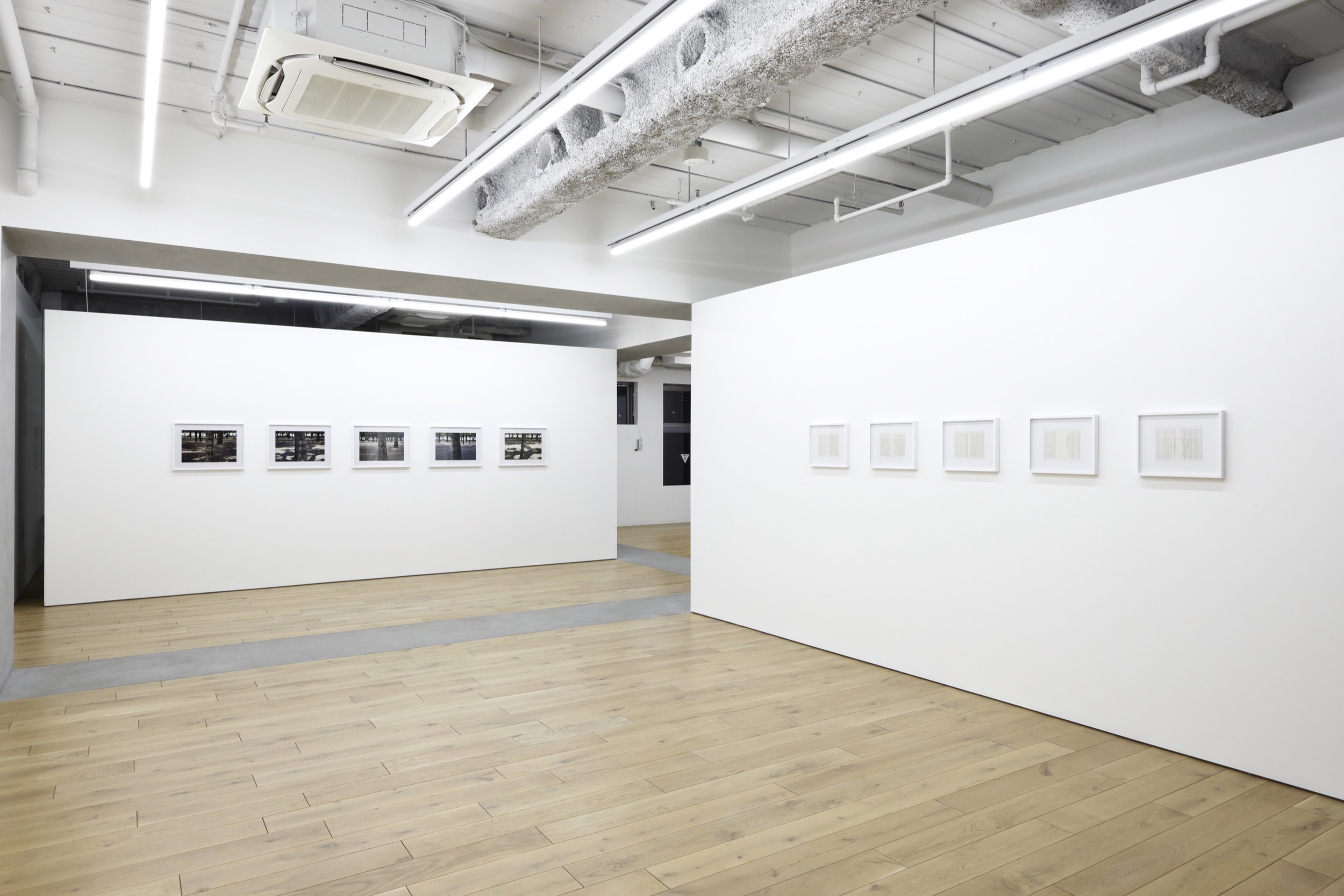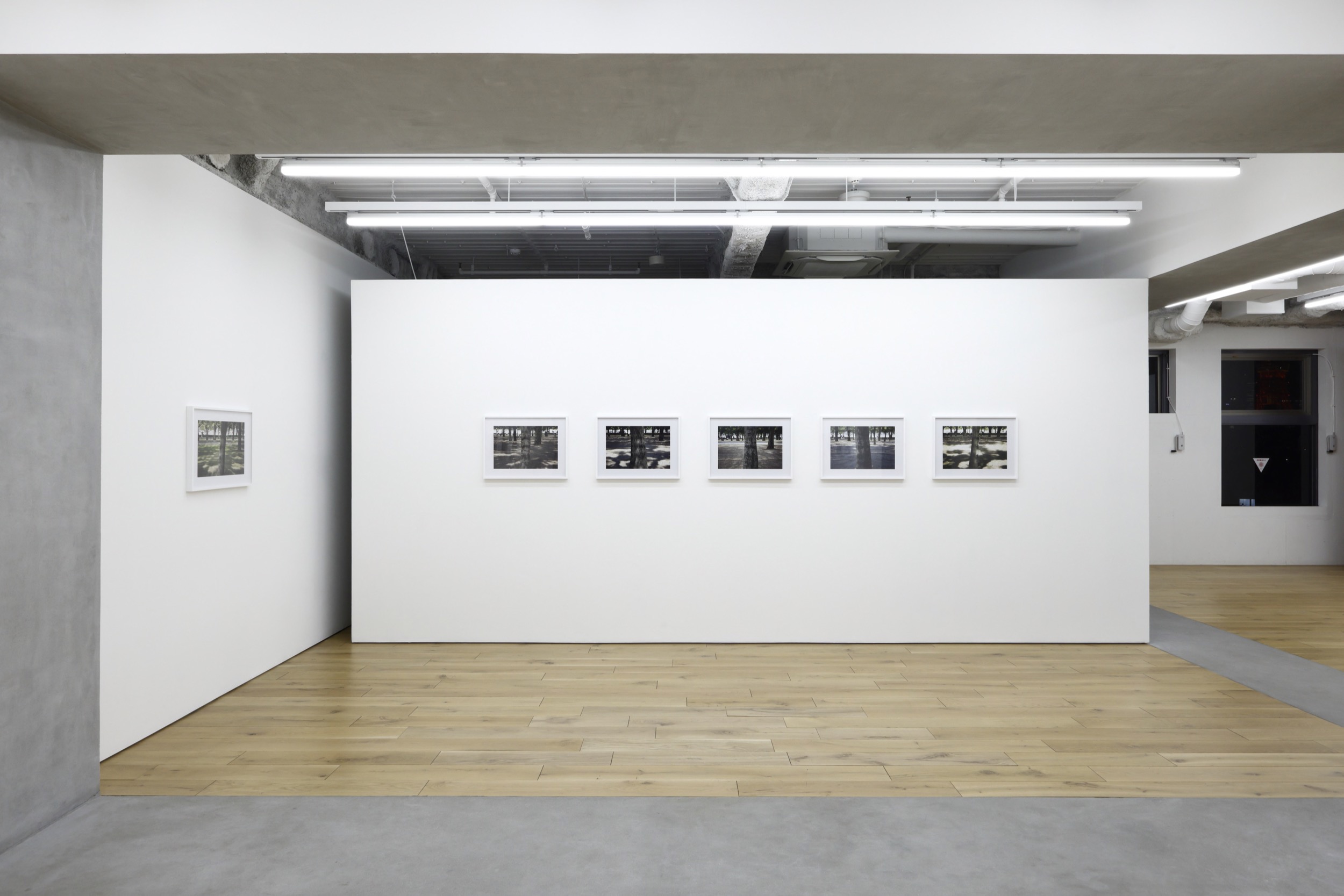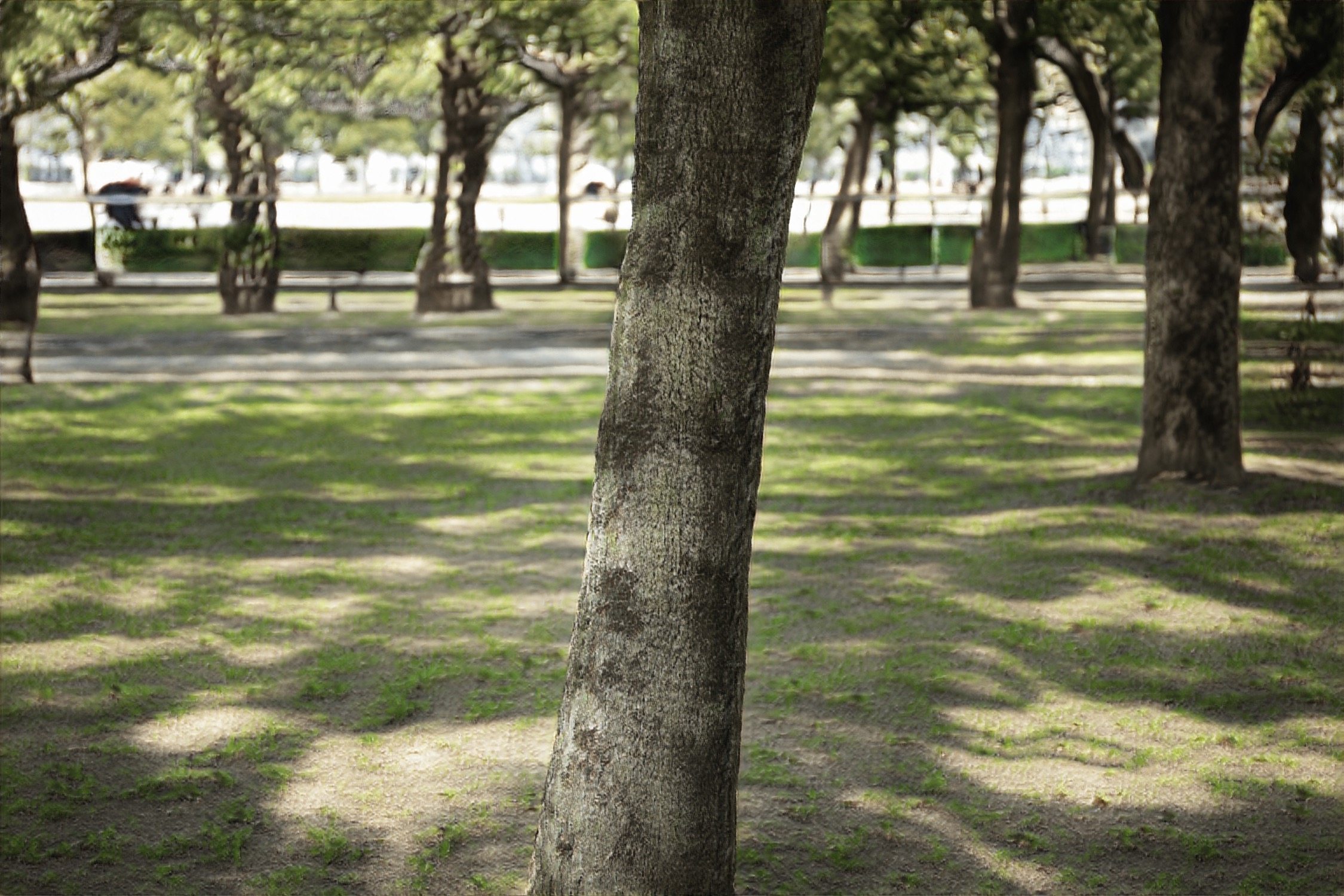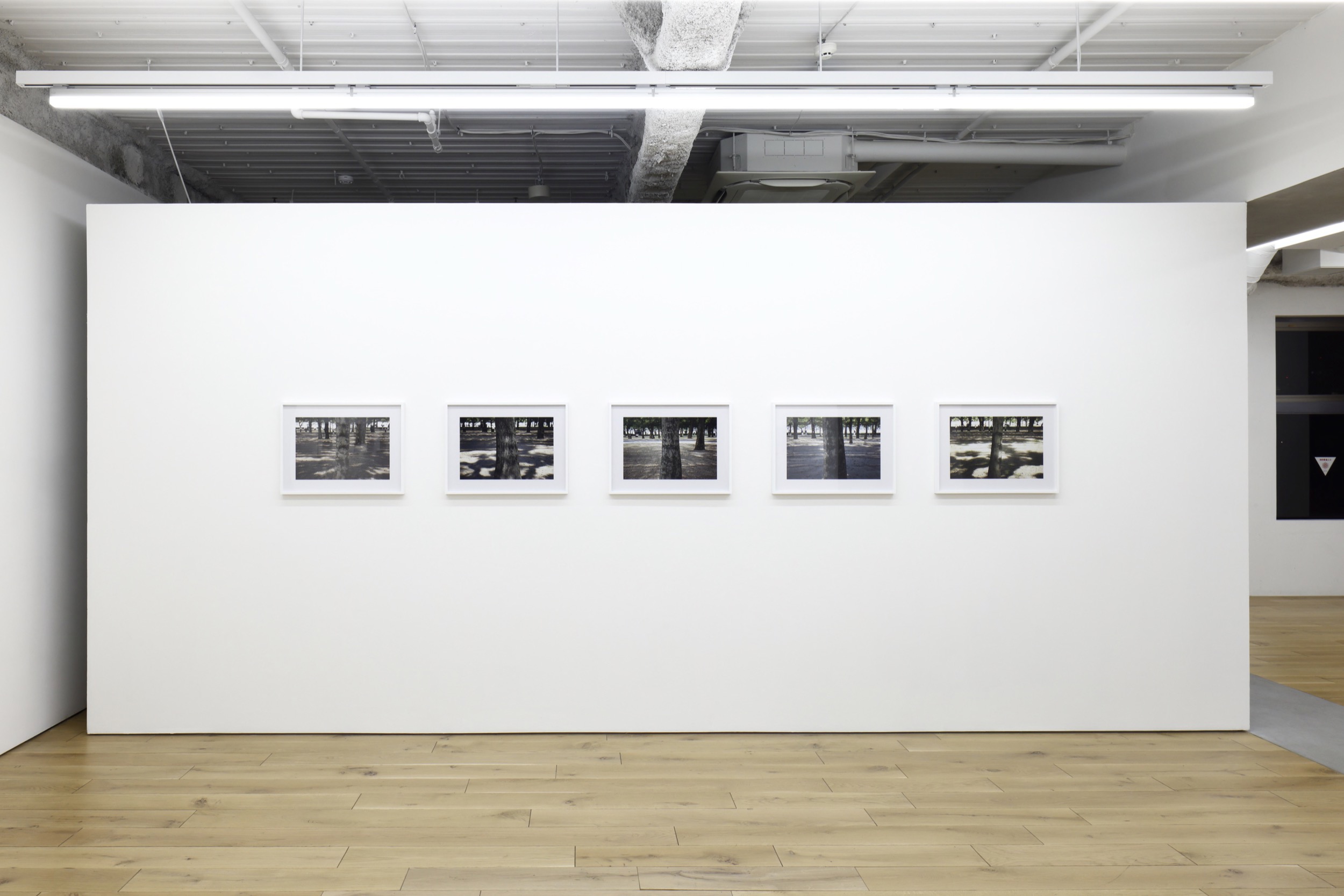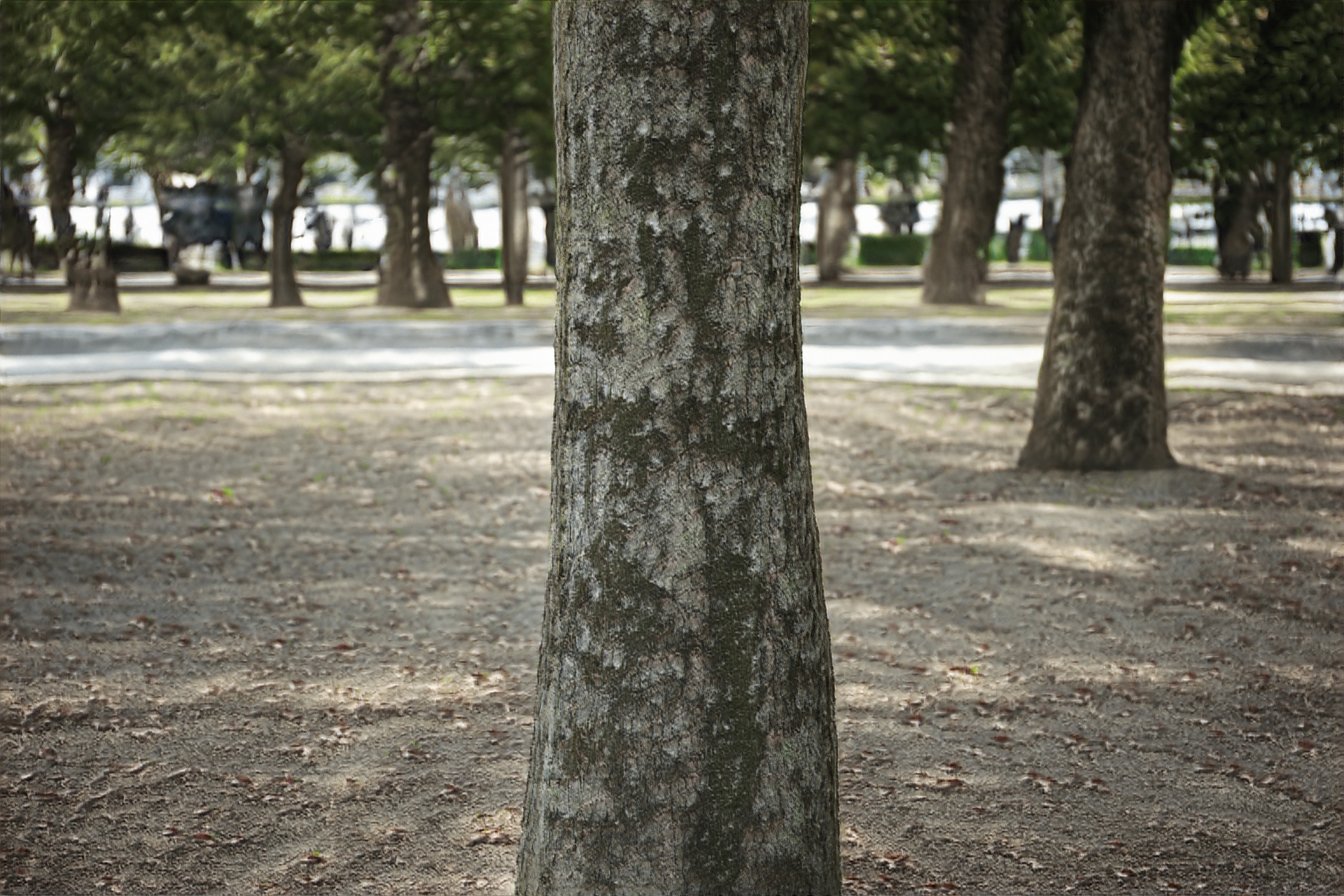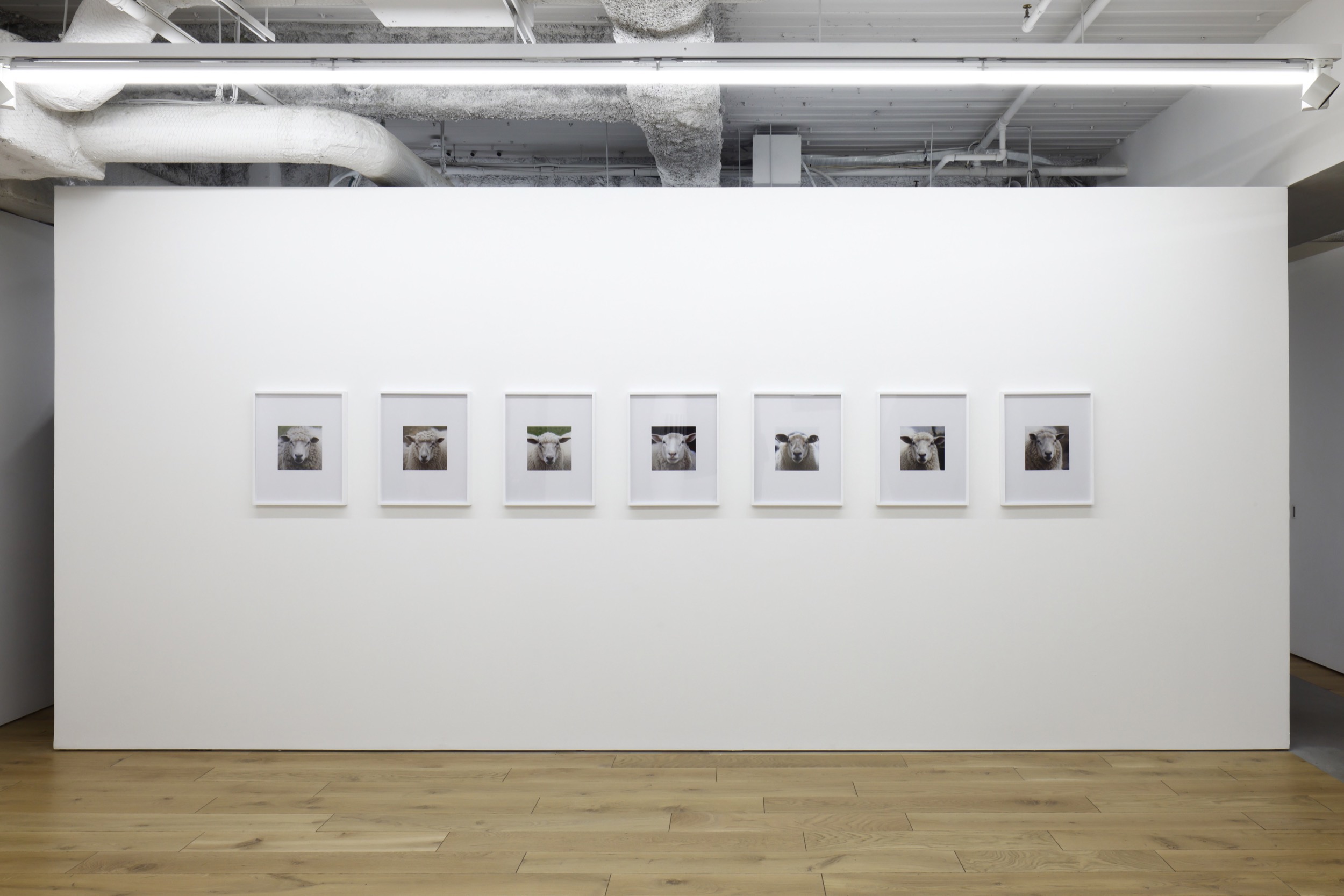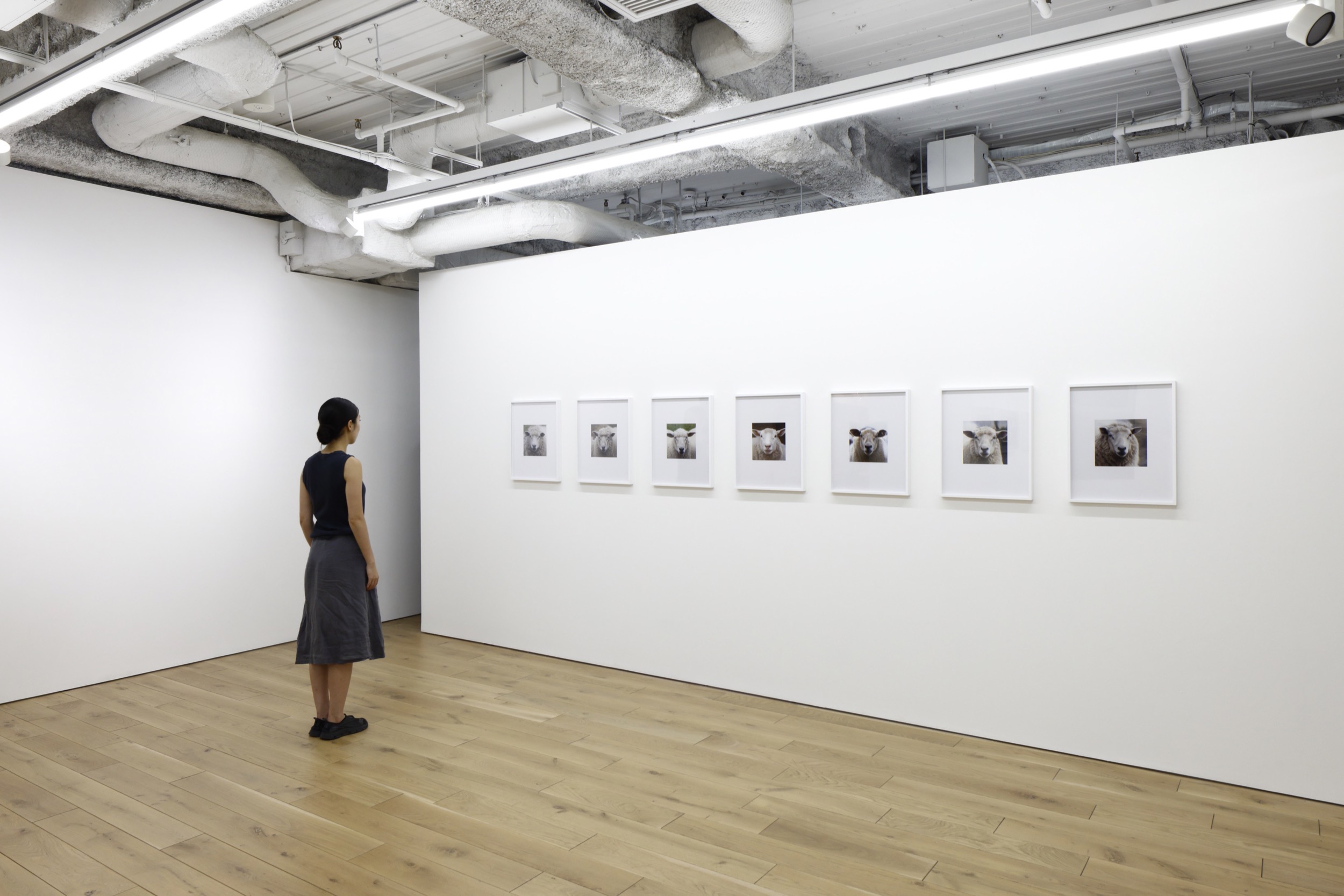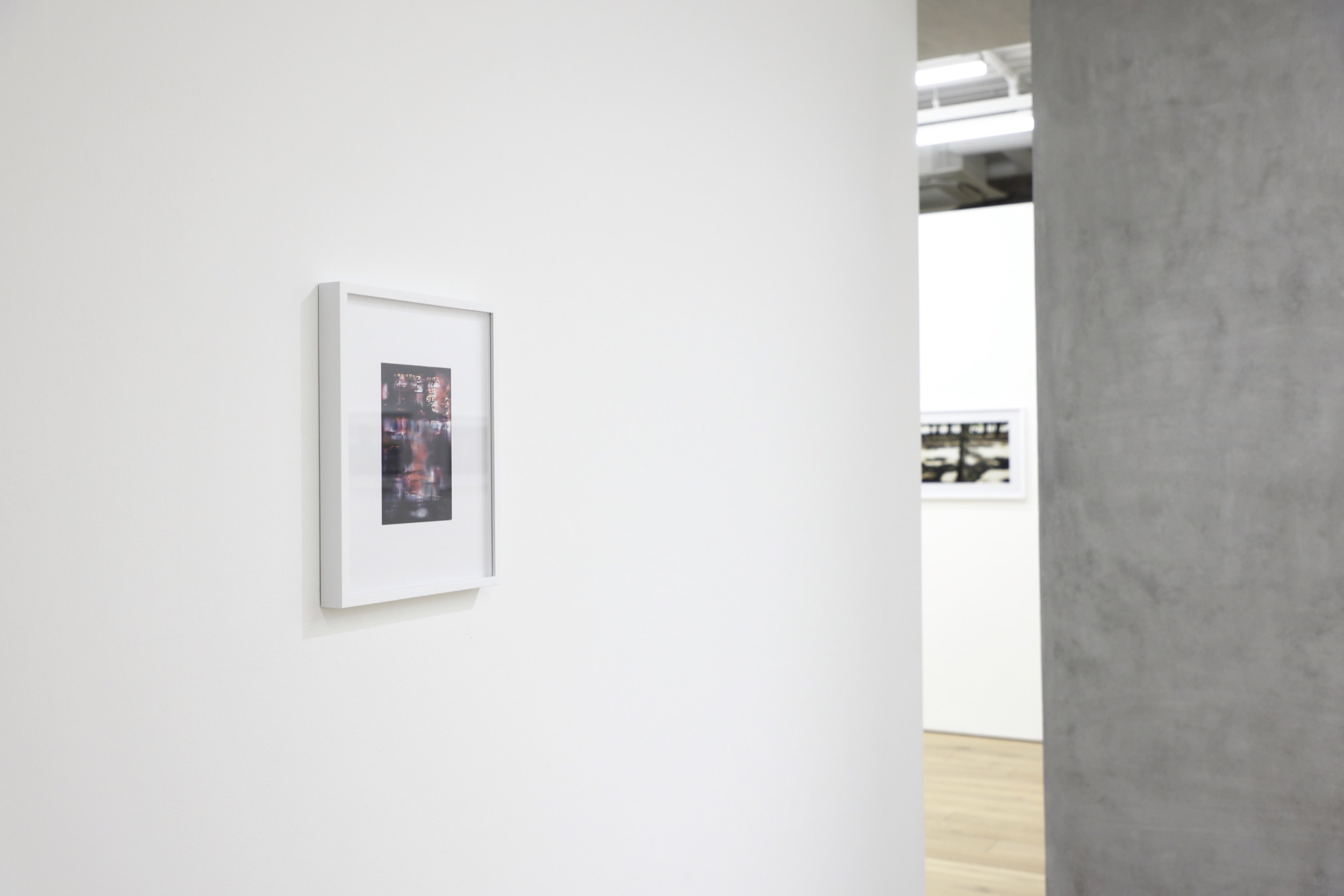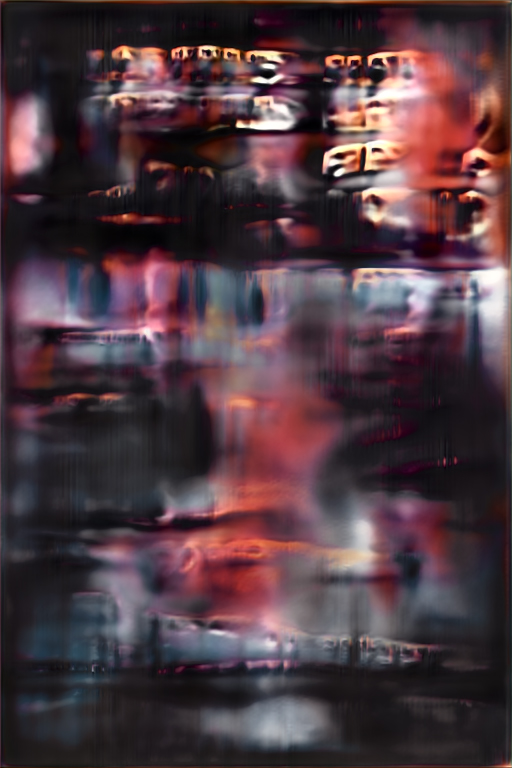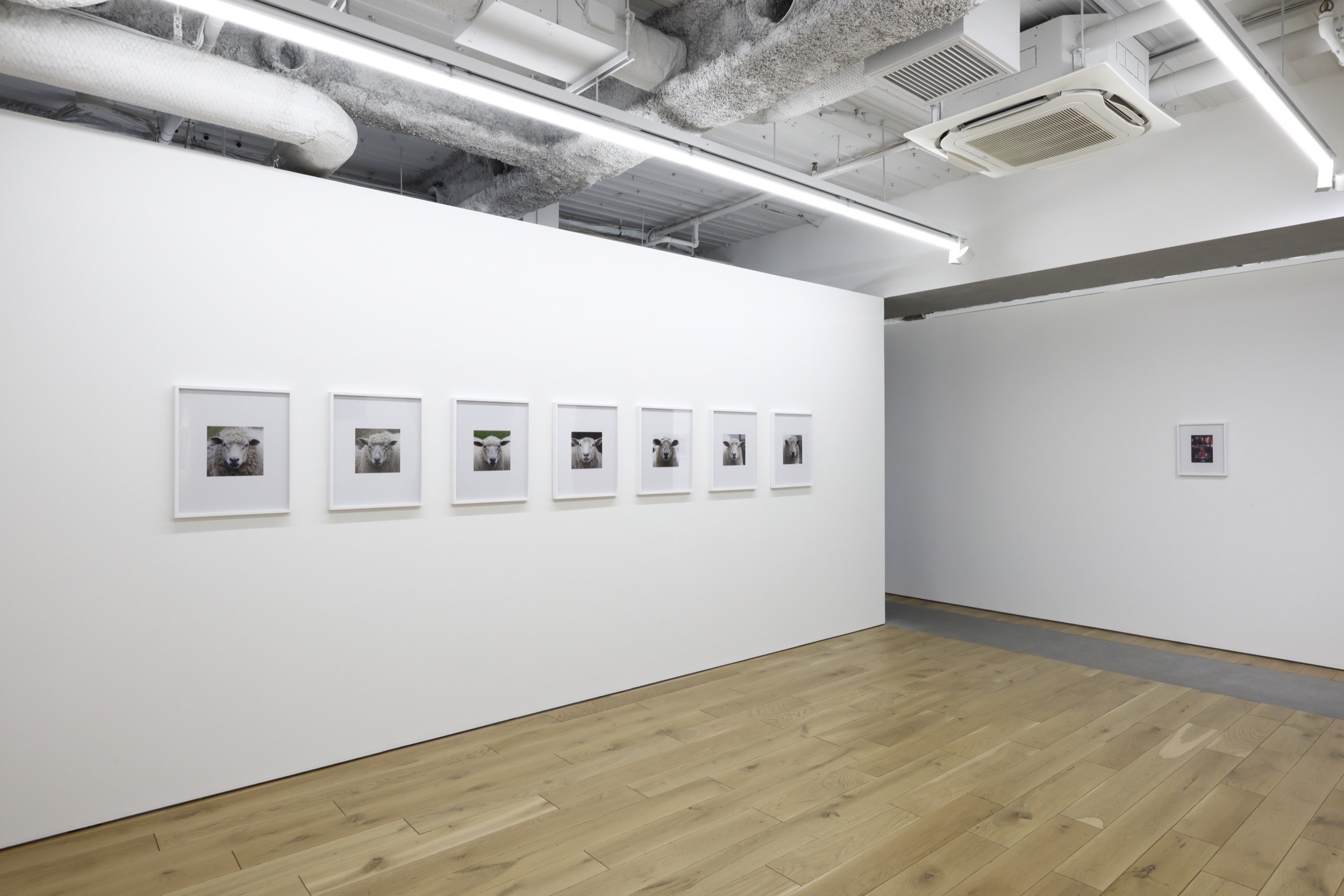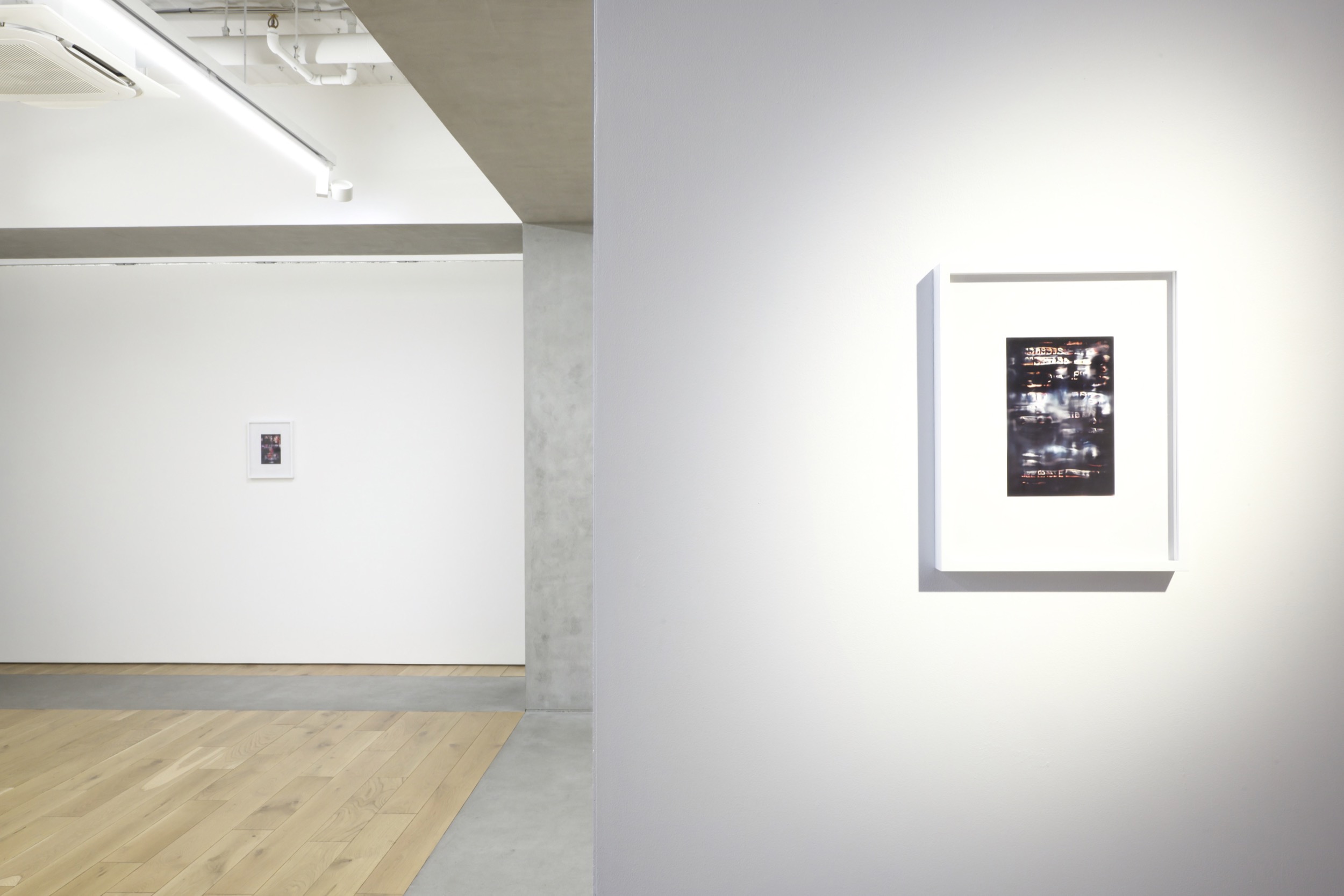TARO NASU is pleased to announce Hirofumi Katayama’s solo exhibition “Making Sheep”.
Hirofumi Katayama
Born in 1980, Hiroshima, Japan.
Major exhibitions include “Facts in Flatness” (TARO NASU, Tokyo), “Exchangeable” (TARO NASU, Tokyo) in 2009. “VOCA 2008 – THE VISION OF CONTEMPORARY ART” (The Ueno Royal Museum, Tokyo) in 2008, “SITE GRAPHICS ” (Kawasaki City Museum, Kanagawa) in 2005 and more.
In his first solo exhibition in a decade, “Making Sheep,” Hirofumi Katayama presents his latest work employing the technique of generative adversarial networks (GAN), which leverages artificial intelligence (AI) in the generation of images. All of the works to be presented are images generated by using a large number of photographs Katayama himself captured as learning data. Back in 2013, Katayama presented his series of “Vectorscapes,” a group of works in which he created “Fake Photographs”—computer graphics that take on the appearance of photographs—by importing photos into a computer and converting the image data into numerical values. While a different technique is employed in his latest work, the new series also features Katayama’s continued pursuit of the theme of creating “Fake Photographs.”
In 1968, author Philip K. Dick published a science fiction novel entitled “Do Androids Dream of Electric Sheep?,” a story that depicts the relationship between human beings and androids. The protagonist, who earns a living by ”retiring” the androids created by technological evolution, is forced to confront the relationship between humans and machines along with the question of “what is real” when he discovers that androids are sometimes even more human than human beings. It is also a question of what exactly it is that makes the real thing “real.”
The proposition made by the author at the time has not faded; rather, it has become increasingly compelling in recent years, a time period rocked by the diverse evolution and development of AI. In the story, for the protagonist, the dream of raising sheep was meant to symbolize the restoration of humanity. If AI is a new form of human being created by humans, do the new humans dream of mechanical sheep, or just like human beings, are real sheep the object of their desire?
Katayama says that leveraging AI to generate images is interesting in that it is neither a simple mechanical operation nor an artificial act. His interest in the obsession of human beings with the concept of reality has long been a key component of his art. Can we only confirm something is real by comparing it to a “fake?” Can a photograph be said to be a “fake version of reality”? Could a “fake photograph” then be considered a “fake version of reality?” What is the “real” element that is reflected in the photograph?
In an era when the reality of photography is dissipating rapidly due to AI, Katayama’s latest work lures the observer into a complex, profound maze of “real” existence.


